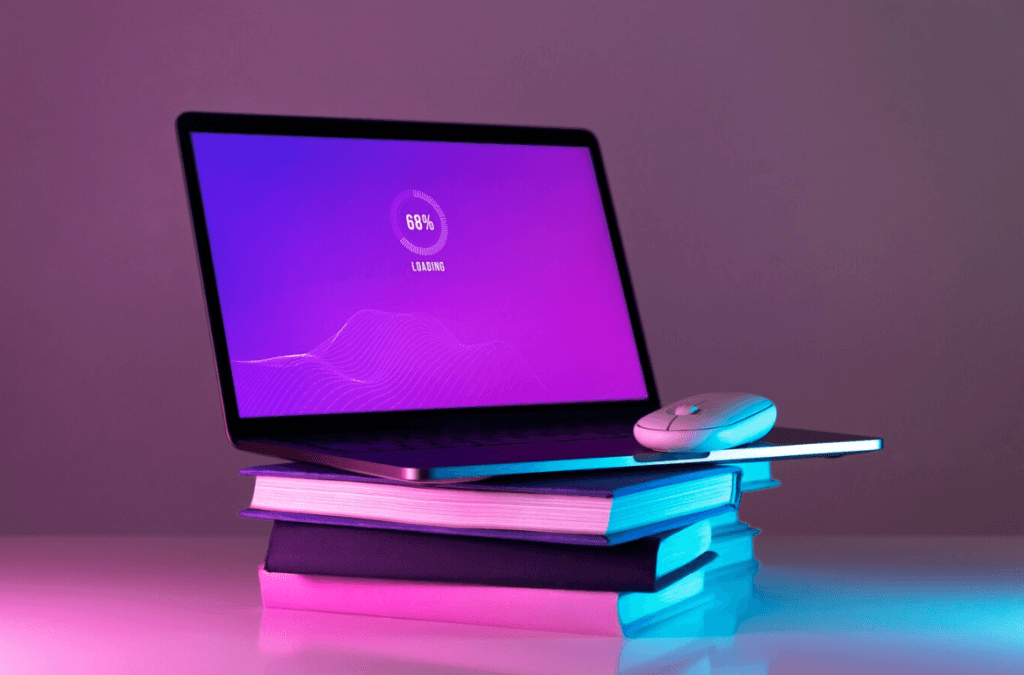At the Mobile World Congress (MWC), Lenovo unveiled some innovative and somewhat unconventional laptop concepts, featuring double and triple-screen designs. These concepts are meant to push the boundaries of multitasking and productivity, offering new ways to interact with devices. Here’s a quick rundown of the standout features of these futuristic Lenovo concepts:
1. Lenovo ThinkPad X1 Fold (Double-Screen Concept):
Lenovo continues to experiment with foldable screens, and their ThinkPad X1 Fold concept has evolved into a device with a large foldable screen that can be used in multiple orientations. The idea is to have a versatile laptop that can either unfold into a larger screen or fold for portability.
- Double-Screen Design: The device features two separate displays that can act as one large screen or be used independently for multitasking.
- Flexible Use Cases: You can run apps across both screens, use one for content and the other for controls, or even position the device like a book, enabling a keyboard on one side and a display on the other.
2. Lenovo ThinkPad X1 Fold with Extra Displays (Triple-Screen Concept):
Another concept from Lenovo goes even further with triple-screen functionality, combining traditional laptop design with futuristic features.
- Multiple Displays: The concept includes a foldable main screen that opens up into a larger workspace, while an additional smaller screen is embedded along the keyboard area.
- Enhanced Productivity: The third screen acts as an additional display for multitasking, viewing media, or even as a dedicated controls bar. This setup aims to offer better multitasking for professionals who need to manage multiple tasks at once, without the need for an external monitor.
3. Dual-Screen Laptops:
Lenovo also introduced dual-screen designs at MWC, where the traditional laptop design features an extra screen attached to the keyboard. This secondary display provides added space for reference material, tools, or secondary apps, while keeping the main screen clear for primary tasks.
- Enhanced Flexibility: The dual-screen setup lets users have multiple apps visible at the same time, perfect for those who work with lots of data or need constant reference materials.
Key Benefits:
- Multitasking Efficiency: These concepts cater to those who often work with multiple applications or media at once.
- Increased Productivity: By using extra screens, users can easily navigate, interact with content, and stay organized.
- Portability with Flexibility: Despite the innovative screen setups, these laptops maintain a relatively compact form factor, making them easy to carry while offering unique interaction opportunities.
Potential Challenges:
- Battery Life: Running multiple screens simultaneously could place a strain on the device’s battery.
- Durability: The hinge mechanisms, foldable parts, and multiple screen layers might be prone to wear and tear over time.
- Practicality: While intriguing, the real-world use case for such complex setups remains to be fully seen. It could be too niche for mainstream adoption.
Lenovo’s double and triple-screen laptop concepts are a glimpse into the future of mobile computing, offering innovative ways to tackle multitasking, but they still face several hurdles before hitting the market on a large scale. These devices are currently more concept than product, though we could see a more refined version in the future.




